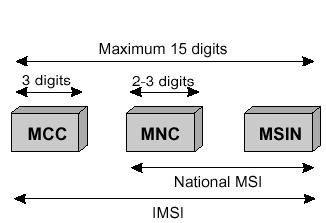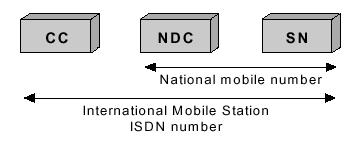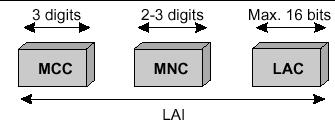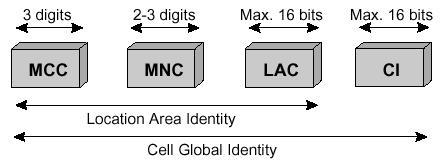GSM Identifiers
One of the key aims of the GSM network is to detect a subscriber’s location using unique identifiers. To understand the working patterns, let’s review each of the IDs. IMSI, International Mobile Subscriber Identity, is responsible for subscriber’s authentication, data (de)crypting within GSM as well as UMTS and CDMA. IMSI includes: MCC (Mobile Country Code), MSIN (Mobile Station Identification Number), usually it is a set of 15 digits.

MSISDN or Mobile Station International Subscriber Directory Number, a number that you regularly use to call somebody (e.g, +44…). It consists of a CC (Country Code), NDC (National Destination Code) of a city or a network, SN (Subscriber Number). Every PLMN (Public Land Mobile Network) has its own NDC.

TMSI, or Temporary Mobile Subscriber Identity, is a temporary IMSI, that is allocated to a mobile station when registering to a network. Temporary identifier is used for safety reasons. It is the TMSI that a mobile station uses to establish a connection via a radio channel. Network from time to time changes TMSI. TMSI is flexible unlike IMSI. It usually has half as many characters that allows to complete paging between the two subscribers and also it diminishes load on the processor. IMEI, or International Mobile Terminal Identity, detects any mobile station in a network. It can be used to locate stolen handsets and to block its access to a network. IMEI consists of TAC (Type approval Code), SNR (Serial Number Repository), CD (Control Digit).

IMEISV, or International Mobile Terminal Identity and Software Version Number, is a unique number to identify valid devices and allowed operating system. OS, allowed and supported by the operator, determines the list of available services and a possibility to voice encoding.

MSRN,) or Mobile Station Roaming Number, is a temporary number for MSC call routing. Once MSRN has been used for a mobile terminal, this particularly MSRN can be assigned to another mobile terminals.

• SN, or Subscriber Number, is the address of the operating MSC/VLR;
LAI, or Location Area Identity, shows Location Area in GSM worldwide;

• LAC, or Location Area Code, max. 16 bits. It allows defining a great variety of LA within a particular PLMN;
CGI, or Cell Global Identify, helps to identify a cell within a Location Area;

• CI, or Cell Identity, identifies the Cell;
BSIC, or Base Station Identity Code, helps to differentiate cells with the same frequencies. BSIC includes NCC, or Network Colour Code, used to limit an operator’s coverage once they intercross;
• BCC, or Base Station Color Code, differentiates base stations with the coincided frequencies.






